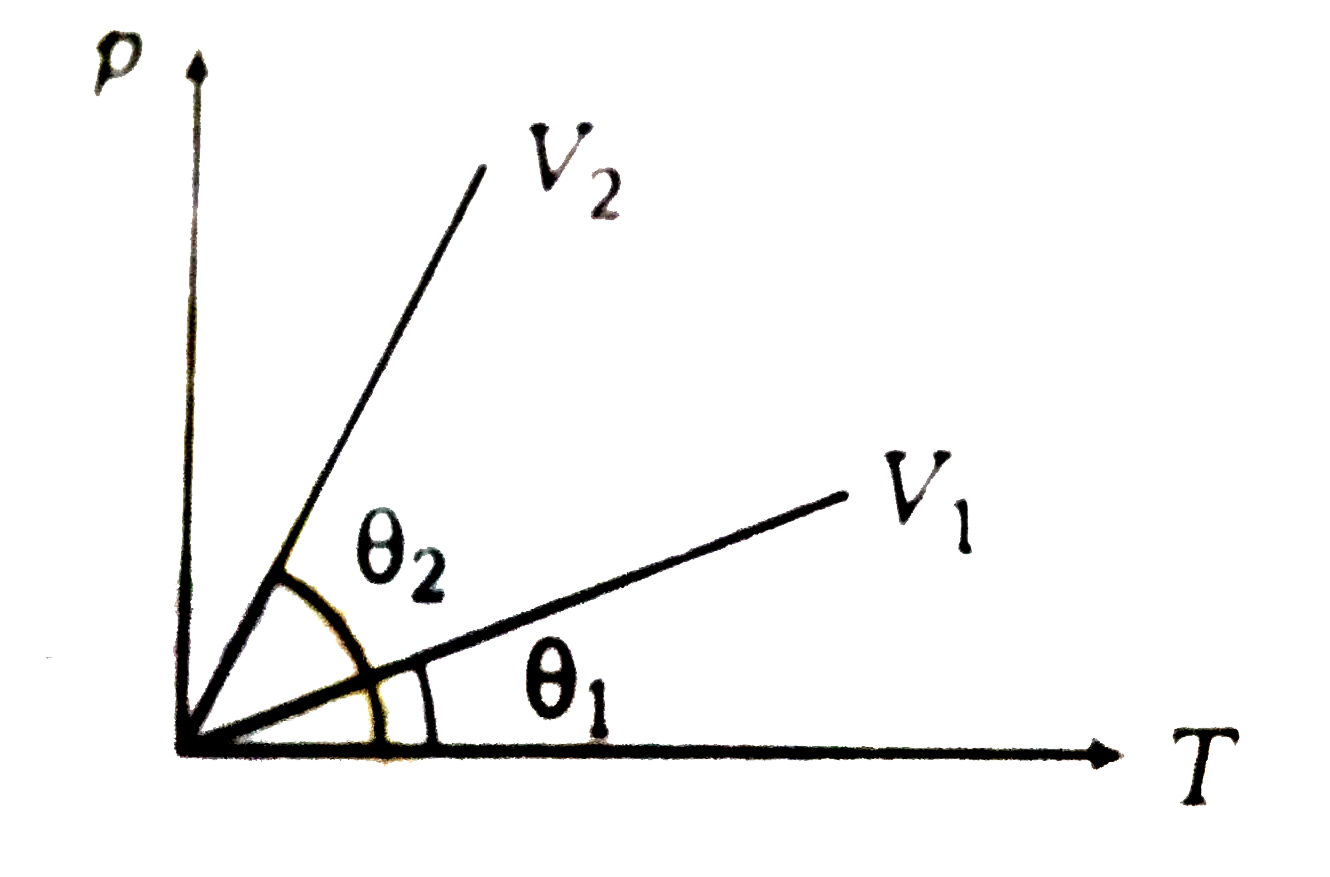What is Compton scattering ? Mention the important conclusion drawn from the phenomena of compton scattering.
Step-by-Step Solution
Step 1: Define Compton Scattering
Compton scattering is a phenomenon observed when X-rays (or gamma rays) are scattered by electrons. It serves as an experimental verification of the particle-like properties of electromagnetic radiation.
Step 2: Describe the Experiment
In the Compton scattering experiment, a homogeneous beam of X-rays is directed at a light element (such as carbon). When the X-rays collide with the electrons in the light element, they undergo scattering.
Step 3: Explain the Change in Wavelength
Upon scattering, the X-rays experience a change in frequency, which corresponds to a change in wavelength. The scattered beam consists of two wavelengths:
- One wavelength remains the same as that of the incident beam.
- The other wavelength is longer than that of the incident beam.
Step 4: Discuss the Energy Loss
The change in wavelength is attributed to the loss of energy of the incident X-ray due to elastic interaction with the electrons. This interaction is what defines Compton scattering.
Step 5: State Important Conclusions
From the phenomena of Compton scattering, several important conclusions can be drawn:
1. The increase in wavelength does not depend on the wavelength of the incident photon or the nature of the scatterer.
2. The increase in wavelength depends only on the angle of scattering.
3. Compton scattering provides experimental proof of the particle nature of electromagnetic radiation.
Compton scattering is a phenomenon observed when X-rays (or gamma rays) are scattered by electrons. It serves as an experimental verification of the particle-like properties of electromagnetic radiation.
In the Compton scattering experiment, a homogeneous beam of X-rays is directed at a light element (such as carbon). When the X-rays collide with the electrons in the light element, they undergo scattering.
Upon scattering, the X-rays experience a change in frequency, which corresponds to a change in wavelength. The scattered beam consists of two wavelengths:
- One wavelength remains the same as that of the incident beam.
- The other wavelength is longer than that of the incident beam.
The change in wavelength is attributed to the loss of energy of the incident X-ray due to elastic interaction with the electrons. This interaction is what defines Compton scattering.
From the phenomena of Compton scattering, several important conclusions can be drawn:
1. The increase in wavelength does not depend on the wavelength of the incident photon or the nature of the scatterer.
2. The increase in wavelength depends only on the angle of scattering.
3. Compton scattering provides experimental proof of the particle nature of electromagnetic radiation.
Similar Questions
Knowledge Check
- Question 1 - Select One
A conclusion drawn from the passage is that:
Afear of failure removes complacency in a person.Bfear of failure is necessary for one to value success.Cfailure is the growth factor as one learns from it and grows.Dthe loss of faith and hope is believed to arise from failure
Mention the main conclusions derived from the Fountain experiment with ammonia.
View SolutionWhat are nucleic acids ? Mention their two important functions.
View SolutionWhat are diastereoisomers ? Mention their important properties.
View SolutionFrom the p-T graph what conclusion can be drawn?
 View Solution
View SolutionWhat is modern periodic law? Mention the important features of the long form of the periodic table. Why is this periodic table supposed to be superior to other periodic tables ?
View SolutionEnlist the conclusions drawn by Rutherford from his α-ray scattering experiment.
View SolutionWhich of the following conclusions can be drawn from the girdling experiment?
View Solution

